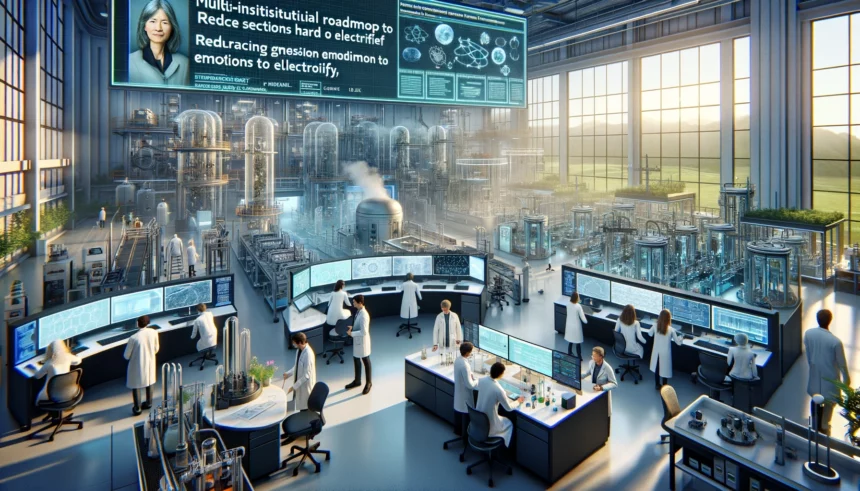A Fresh Perspective on Net-Zero Emissions
Achieving net-zero emissions is a high priority for a sustainable future. This means shifting many of our daily needs—like driving cars or heating our homes—to electricity from clean, renewable sources. However, not everything can be powered this way. Take plastics, for instance, essential in everything from packaging to technology, they’re made from carbon compounds and can’t simply be electrified.
Pioneering Efforts in Sustainable Chemistry
Wendy Shaw from the Pacific Northwest National Laboratory (PNNL) is spearheading an ambitious project along with experts from multiple institutions. Their goal? To create a practical plan for reducing emissions from sectors that are tough to electrify. This strategy revolves around inventing alternative fuels, sourcing carbon sustainably, and maximizing the lifecycle of carbon materials through a circular economy.
Reinventing Carbon Use
The idea that carbon can be used just once and disposed of is becoming outdated. The new approach aims for each carbon atom to be utilized repeatedly across various industries. Whether it’s improving the recycling of plastics or developing better ways to upcycle materials, the focus is clear: keep carbon in use for as long as possible to help curb emissions.
Collaborative Innovation Is Key
Steven Ashby, PNNL Director, emphasizes the need for creativity and collaboration in science to make these goals a reality. By working together on catalysis and separations science, the team aims to accelerate the development of crucial technologies. These innovations are not just important for the lab—they’re critical for high-impact sectors like aviation and shipping.
Insights from a Major Workshop
The roadmap emerged from a significant workshop titled “Closing the Carbon Cycle,” attended by leaders from several national labs including Ames, Argonne, and Oak Ridge, among others. This collaborative event set the stage for integrating efforts across multiple scientific disciplines to tackle the challenge of decarbonization.
The Path Forward: Hydrogen, Ammonia, and Beyond
Identifying viable carbon-free fuels like hydrogen and ammonia is part of the plan. Although promising, these fuels face hurdles such as high storage and transport costs. Research is ongoing to find efficient ways to handle hydrogen, aiming to reduce costs significantly, aligning with the Department of Energy’s vision of making clean hydrogen affordable.
Diverse Sources of Carbon
A key part of the roadmap is using carbon from various non-fossil sources such as biomass, food waste, and even discarded plastics. These sources are vital for keeping essential sectors running while minimizing new carbon extraction from the environment.
Vision for Carbon as a Valuable Resource
Wendy Shaw views carbon as a precious resource that should be conserved and reused within our economy. The goal is to transform how carbon is used, ensuring it contributes to a sustainable economy by being reused multiple times.
Integrating New Technologies
Achieving these ambitious goals requires breakthroughs in how we handle traditional waste. Techniques like reactive separations, which combine chemical reactions with separation processes, could play a crucial role in converting carbon sources more effectively.
A Future Without Waste
This initiative envisions a world where carbon is not a throwaway element but a treasured resource. Such a shift is crucial for a sustainable economic model that reduces waste and promotes the reuse of resources.
Conclusion
This comprehensive plan is not just about reducing emissions; it’s about reshaping our economic systems to be resilient and sustainable. The roadmap, laid out in the workshop “Closing the Carbon Cycle: Opportunities in Energy Science,” marks a significant step forward in our quest to create a sustainable future for all.
Engaging in these solutions not only helps the environment but also opens up new job opportunities and economic benefits, making it a win-win for everyone involved.
















